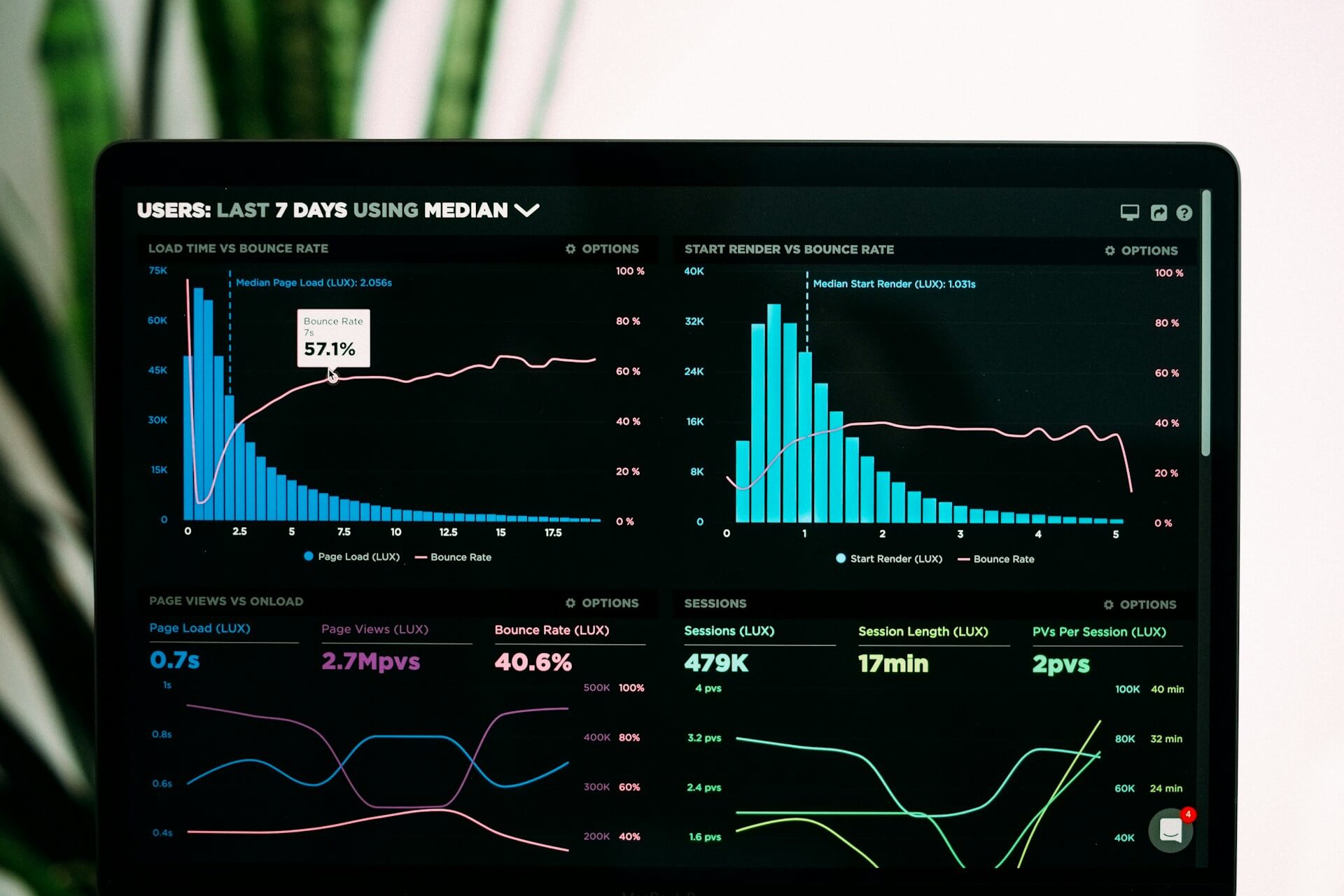In the vast and dynamic $3.3 trillion global oil and gas market, marketing plays an essential role in strengthening supplier networks and driving the industry’s digital transformation [1]. With a projected growth rate of 1.5% from 2023 to 2030, oil marketing companies are crucial in navigating the evolving landscape and ensuring sustained success [1].
Oil marketing encompasses the strategies and processes used by leading industry players like Saudi Aramco, ExxonMobil, and Chevron to promote their brands, raise organizational awareness, and attract business [1] [2]. Understanding the segmentation of the industry into upstream, midstream, and downstream sectors sheds light on the customized approaches oil marketing companies must employ for effective outreach [1].
The Evolution of Oil and Gas Marketing
The evolution of oil and gas marketing has been a journey of innovation and adaptation, reflecting broader shifts in technology, society, and the global economy. Initially, the industry was segmented into three distinct areas: upstream, midstream, and downstream, each targeting a diverse mix of end-stage customers. This traditional hydrocarbon business model has seen significant changes, especially with the advent of digital marketing. Oil marketing companies are increasingly reallocating budgets towards online strategies, although traditional methods like print media, broadcast media, and trade shows still play a crucial role in reaching certain audience segments.
- Digital vs. Traditional Marketing in Oil and Gas:
- Digital Marketing: Embraces SEO, social media, and email campaigns, targeting a global audience efficiently.
- Traditional Marketing: Utilizes print ads, TV commercials, and direct mail, offering tangibility and reaching demographics less present online.
The narrative of oil marketing is also intertwined with historical milestones that shaped the industry. From Colonel Drake’s first drilled oil well in 1859 to the dominance of the ‘Seven Sisters’ in the global market and the pivotal role of Standard Oil, these events underscore the industry’s evolution. The shift from coal to oil as the primary energy source, spurred by environmental concerns and technological advancements, marks a significant chapter in this history. The transformation was further influenced by the discovery of oil in regions like Masjed Soleyman, Iran, and the formation of OPEC, signaling a move of influence to oil-producing countries.
Key Digital Marketing Strategies for Success
In the dynamic landscape of oil marketing, digital strategies play a pivotal role in steering companies toward success. Here are key strategies:
- SEO and PPC for Enhanced Visibility:
- SEO: Optimizes website content to rank higher in search engine results, making it easier for potential clients to find your services.
- PPC: Targets specific audiences based on keywords, interests, demographics, and location, ensuring that marketing budgets are spent on users genuinely interested in the services offered.
- Content and Email Marketing:
- Content Marketing: Creating informative content around alternative energy educates potential clients and establishes your brand as an authority.
- Email Marketing: An automated strategy that nurtures leads throughout their conversion path, enhancing engagement and increasing sales opportunities.
- Multichannel Approach and Branding:
- Channels: Utilize a mix of press releases, social media, ad campaigns, and direct engagement to promote reliability and consistency.
- Branding:
- Define a clear brand vision, mission, values, and personality.
- Consistently communicate your brand identity across all platforms to create a unique value proposition.
By integrating these strategies, oil marketing companies can effectively increase their regional cash flow, rebrand, and assure potential clients of a reliable supply, all while staying ahead of the competition.
Challenges in Oil and Gas Marketing
In navigating the complex landscape of oil marketing, companies face a multifaceted array of challenges that can significantly impact their operations and profitability. These challenges span across various dimensions:
- Decision-Making in B2B Transactions: The process involves multiple stakeholders, making it lengthy and intricate. This complexity necessitates strategic communication and relationship management to align interests and expedite decisions.
- Crisis Management and Public Relations: Given the industry’s inherent risks, a robust crisis management plan is indispensable. Additionally, effective public relations strategies are crucial for maintaining positive stakeholder relationships amidst potential controversies or crises.
- Societal and Legal Pressures: Social inflation and an evolving litigation landscape increase the risk of facing lawsuits, with factors like changing societal attitudes towards litigation and sophisticated plaintiff attorney tactics contributing to this trend.
- Geopolitical and Market Dynamics: Fluctuations in geopolitics, global market disruptions, and the transition to lower-carbon energy systems are poised to reshape the industry’s future. These changes necessitate agility and innovation in marketing strategies to navigate the shifting terrain.
Moreover, the industry grapples with operational challenges such as complex supply chains, labor shortages, and the necessity for technological advancement to safeguard against cyber threats. The environmental imperative to reduce carbon emissions and the shift towards renewable energy sources further complicates the marketing landscape, demanding a reevaluation of traditional practices.
Future Trends in Oil Marketing
As the global oil and gas market continues to evolve, staying ahead of future trends is crucial for oil marketing companies aiming for long-term success. Here are key developments shaping the future of oil marketing:
- Digital Transformation and AI Integration:
- Digital marketing strategies enable broader audience reach and interactive engagement.
- Artificial Intelligence (AI) is revolutionizing data analysis, automating tasks, and informing strategic decisions, enhancing efficiency across operations.
- Sustainability and Energy Transition:
- Emphasis on green initiatives, renewable energy sources, and carbon capture technologies is growing.
- Capital discipline and investment in low-carbon projects are vital for navigating shifts in energy demand and maintaining financial health.
- Innovative Technologies and Market Dynamics:
- The adoption of the industrial Internet of Things (IoT), including digital twins and blockchain, offers solutions to optimize operations and reduce emissions.
- The U.S.’s role as a reliable LNG supplier highlights the importance of geopolitical dynamics and the need for alternative energy sources.
Understanding these trends allows oil marketing companies to adapt their strategies, ensuring they are well-positioned to meet future challenges and opportunities.
Conclusion
Throughout the exploration of strategies and challenges in oil marketing, this article has underscored the critical role of innovation, adaptation, and a robust digital presence in navigating the complexities of the global oil and gas market. By adopting multifaceted marketing approaches that include digital transformation, companies can effectively enhance their visibility, engage with a broader audience, and carve out a competitive edge. These strategies, underpinned by an understanding of historical shifts and an anticipation of future trends, are essential for driving growth and ensuring resilience in a rapidly evolving industry landscape.
The trajectory of oil marketing continually shapes and is shaped by the broader market dynamics, including geopolitical shifts, technological advancements, and the imperative for sustainability. Facing these challenges head-on requires an agile approach to marketing, with a focus on leveraging digital platforms, embracing innovation, and maintaining a clear brand vision. As the industry moves forward, the insights discussed offer a blueprint for success in the competitive arena of oil marketing, emphasizing the importance of staying ahead of trends, adapting to changes, and fostering meaningful connections with clients and stakeholders.
FAQs
What are the essential components of a successful marketing strategy? To achieve success in marketing, it is vital to integrate five core elements into your strategy: a well-researched understanding of your intended audience, a compelling unique value proposition, the use of effective communication channels, a strong and clear brand identity, and a systematic approach to evaluate and refine the strategy when necessary.
What approaches can be taken to market an oil company effectively? An effective promotional strategy for an oil company should encompass various marketing activities such as advertising, public relations, sales promotions, and personal selling. As of 2023, it’s noteworthy that 80% of oil and gas companies are channeling resources into digital marketing, recognizing the pivotal role of online platforms in reaching out to and engaging with their customer base.
What are the five fundamental marketing strategies to consider? The five fundamental strategies in marketing, often referred to as the 5 P’s, include the Product (what you sell), Price (how much you charge), Promotion (how you market your product), Place (where your product is sold), and People (who is involved in both selling and buying the product). These elements serve as a guiding framework to ensure marketing efforts are well-directed and effective.
How can I boost my oil sales? To augment oil sales, developing a robust marketing strategy is crucial. This could involve participating in trade shows, leveraging industry publications, and utilizing digital marketing avenues such as social media and email campaigns. Additionally, carving out a unique value proposition is essential, which means pinpointing and communicating the distinct advantages your product offers to prospective customers.
Click HERE to book a consult today!









